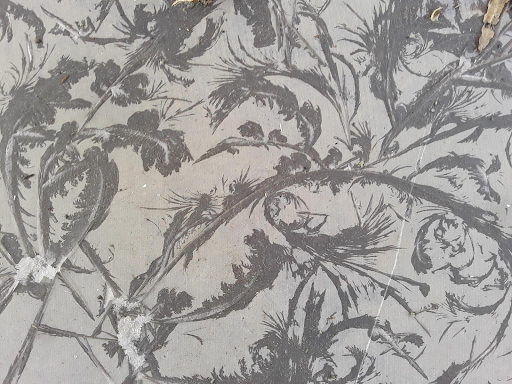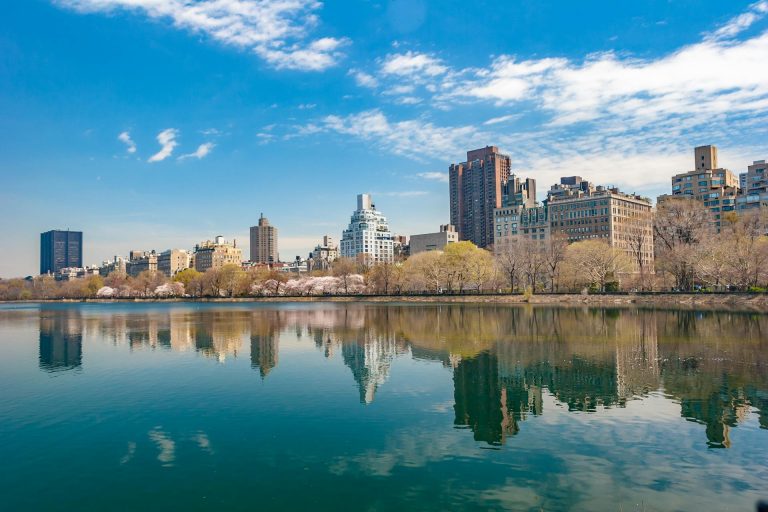In recent years, the results of tests on water crystallization conducted in Japan have gained widespread attention around the globe. Author and entrepreneur Dr. Masaru Emoto (July 22, 1943 – October 17, 2014) demonstrated, with the use of high-speed photography, that when specific, concentrated thoughts directed onto crystals formed in freezing water, the crystals’ appearance and behavior change. Not only does it perceive and react, it is believed that water has memory of its many transformations and travels.
What is Hado?
Some scientists now believe that water is sentient, feels, and responds to external stimuli both visibly and thoroughly. Dr. Emoto began his research using an instrument called magnetic resonance imaging, or MRI, which uses radio waves, a magnetic field, and a computer to create a scan of one’s body parts to look for health problems. “Hado,” is a more extensive research topic.
Hado is a Japanese word that means “wave,” or “motion.” Dr. Emoto called Hado “the intrinsic vibrational pattern at the atomic level in all matter. The smallest unit of energy. Its basis is the energy of human consciousness.” Essentially, it means that everything emits an attitude or aura, which affects the things around it. Music, and spoken or written words are no exception.
With humans, we experience emotional response to such stimuli. When we hear kind words or beautiful music, we feel good and are pleased. In contrast, upon being insulted, or hearing jarring noise, one may feel anger and irritation. Dr. Emoto applied this same concept to water.
By taping different phrases to sample jars of water, Dr Emoto demonstrated water’s emotional response to different stimuli. Jars with pleasant phrases like “Love” or “Appreciation” yielded lovely snowflake-like crystals (viewed at 20,000 x magnification). When the words “You make me sick, I will murder you,” were applied to water, the resulting crystalline shape was deformed.
Success
You are now signed up for our newsletter
Success
Check your email to complete sign up
Dr. Emoto also tested the effect of music on crystal formation, and observed that water frozen to Mozart’s Symphony No. 40 in G Minor and Bach’s Air for the G String formed beautiful crystals, while violent, furious hard rock music produced fragmented and distorted patterns.
Dr. Emoto then employed Hado’s core concepts to cleanse water in his program “Love & Thanks to Water.” This project’s goal was to cleanse enormous bodies of water by expressing love and gratitude to them. The World Day of Love and Thanks to Water was first observed on July 25, 2003.
On that day, great crowds congregated at Lake Kinneret (Sea of Galilee), Lake Deininger Weiher, and Lake Biwa in Japan to demonstrate their love for the waters. Water samples from the lake were obtained before and after the event, and the crystal structure of the water improved dramatically. This global effort is repeated every July 25th.
Water retains a memory
The University of Stuttgart’s Aerospace Institute researchers have a fresh perspective on water due to their findings that water retains a memory. Researchers have proposed that the information gathered and stored by water as it travels may link individuals to various locations and sources of information, depending on the path that the water has traveled. This can be accomplished by drinking the water.
Take a look at a glass of plain water. According to current estimates, each water molecule has 440,000 panels for storing information. Additionally, each person’s bodily fluids have a distinct memory associated with them. What methods does water use to gather this information? It works similarly to human eyes in that it reflects light and pictures.
Since all rivers flow into the sea, we can assume that the oceans and seas are a vast memory bank that stores and processes all of the world’s knowledge, every idea, picture, and plan. It has been said thus that water is the world’s oldest chemist, creating new combinations, rearranging, adding, and clearing constantly.
Homeopathy
Water’s capability to remember is applied in the holistic practice of Homeopathy. The theory of “water memory” was first brought to scientific notice in 1988 by Jacques Benveniste’s contentious article, published in a research report produced at the time. According to his studies, water may retain energy/information from previously dissolved substances, even when no original material remains. In addition, recorded data may be used to overwrite other water. This is the basis upon which homeopathic therapies are said to function.
Scientists strongly questioned the validity of his research, but it inspired subsequent studies by academics who could validate its findings. Research showed that each droplet of water has its own distinct tiny pattern, different from the next one.
In one scientific experiment, students were asked to each collect one drop of water from the same body of water at the same time. Individual drops formed distinct pictures when examined closely. A flower was then put in a body of water, and a sample droplet of that water was obtained. When enlarged, the result was a beautiful pattern, yet the water droplets themselves appeared the same. The enlarged droplet of water exposed to another flower seemed radically different, indicating that each water droplet holds unique information.
Water’s message
A reporter from zhengjian.org interviewed Dr. Masaru Emoto in 2002 about his book “The Message from Water.” Dr. Emoto said, “Water is just ourselves. We human beings must purify ourselves. The reason that we came here from the universe is to be purified.
But the reality is that this world has become dirtier and dirtier. Dr. Emoto said: “If we continue to live like this, the planet Earth might encounter catastrophes and might come to an end.”
So the question is, how can we avoid such catastrophes from taking place? “It is very easy,” he said. “Love and gratitude, toward each person, every single thing. If 10% of people can do that, then there won’t be a catastrophe. Experiments have shown that if 10% of a bacteria colony contains good bacteria, 10% of it is bad, and 80% of it is neutral, the whole colony is good, and the good bacteria will triumph.”
When asked how he felt about humanity after performing his water experiments, Dr. Emoto said, “Where we came from, why we are here, and where we are going are important mysteries, mysteries that should be unveiled. Experiments through water can enable us to unveil these mysteries.”
















